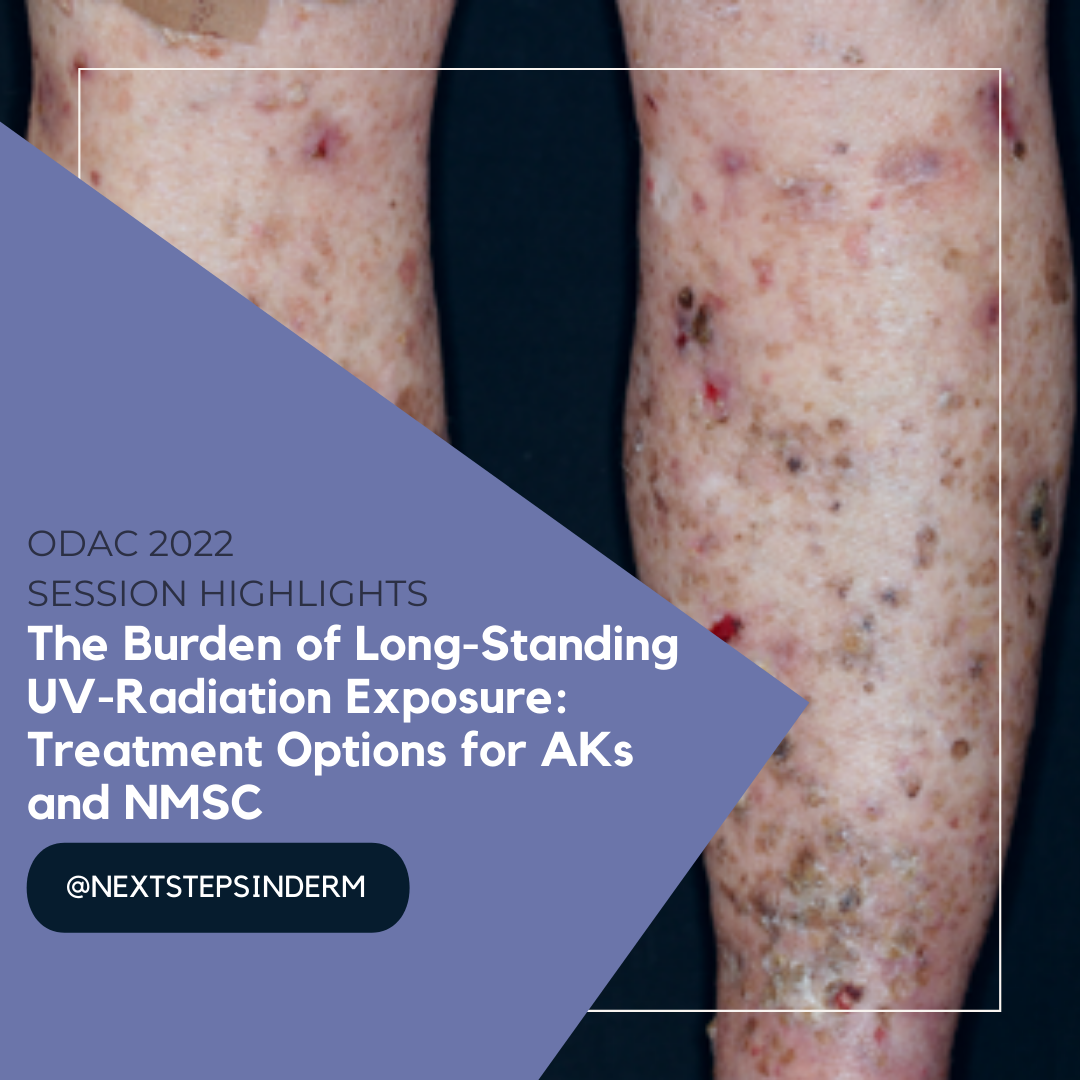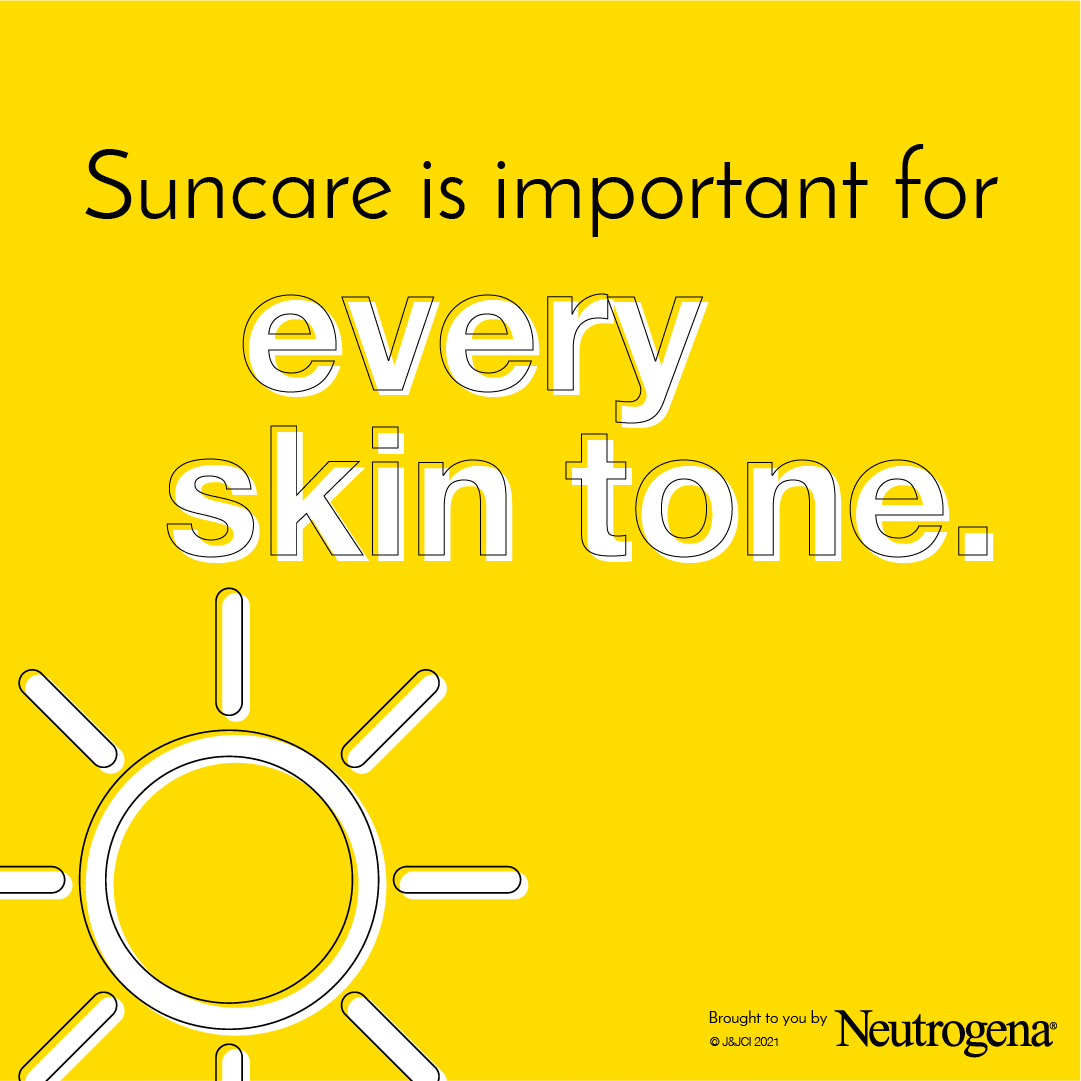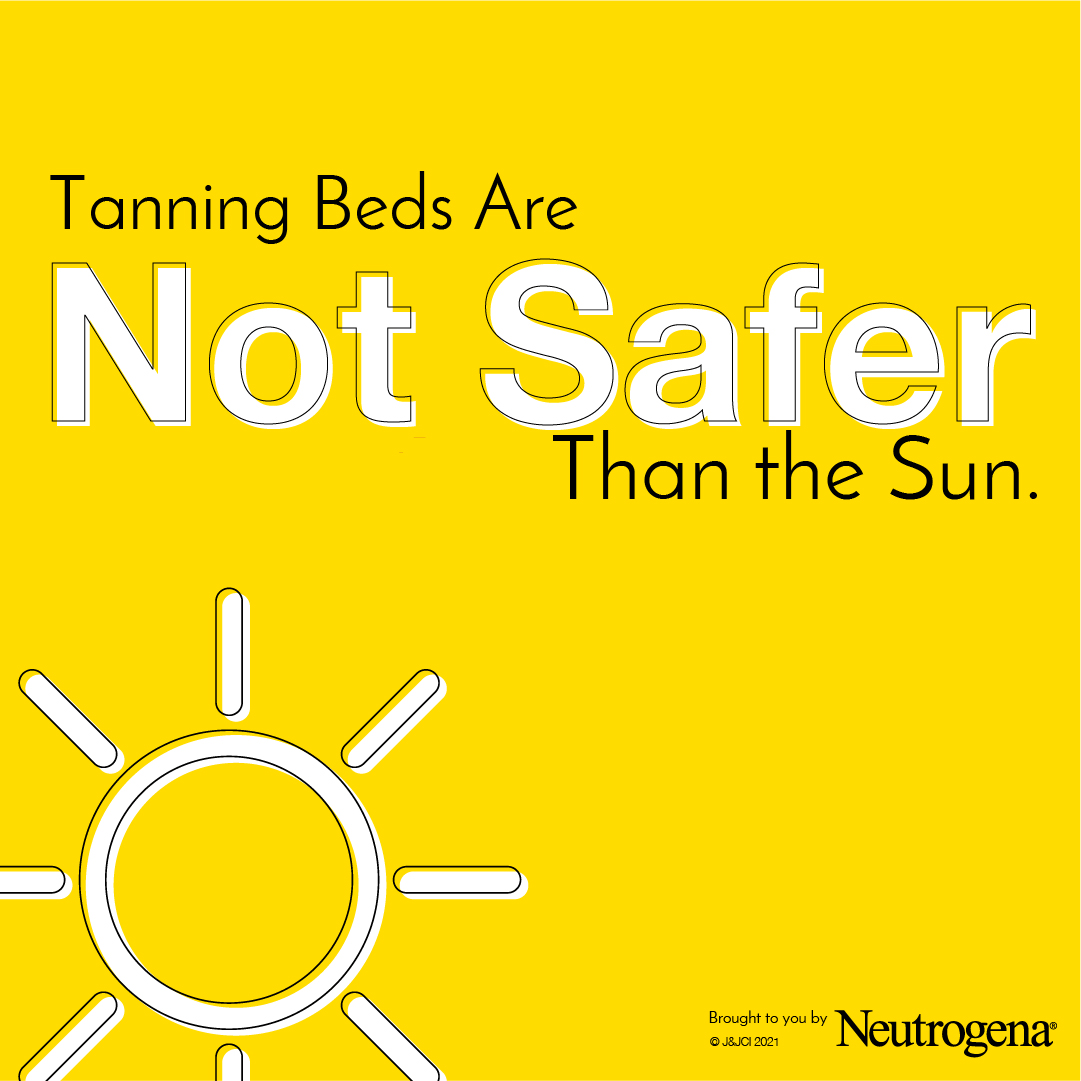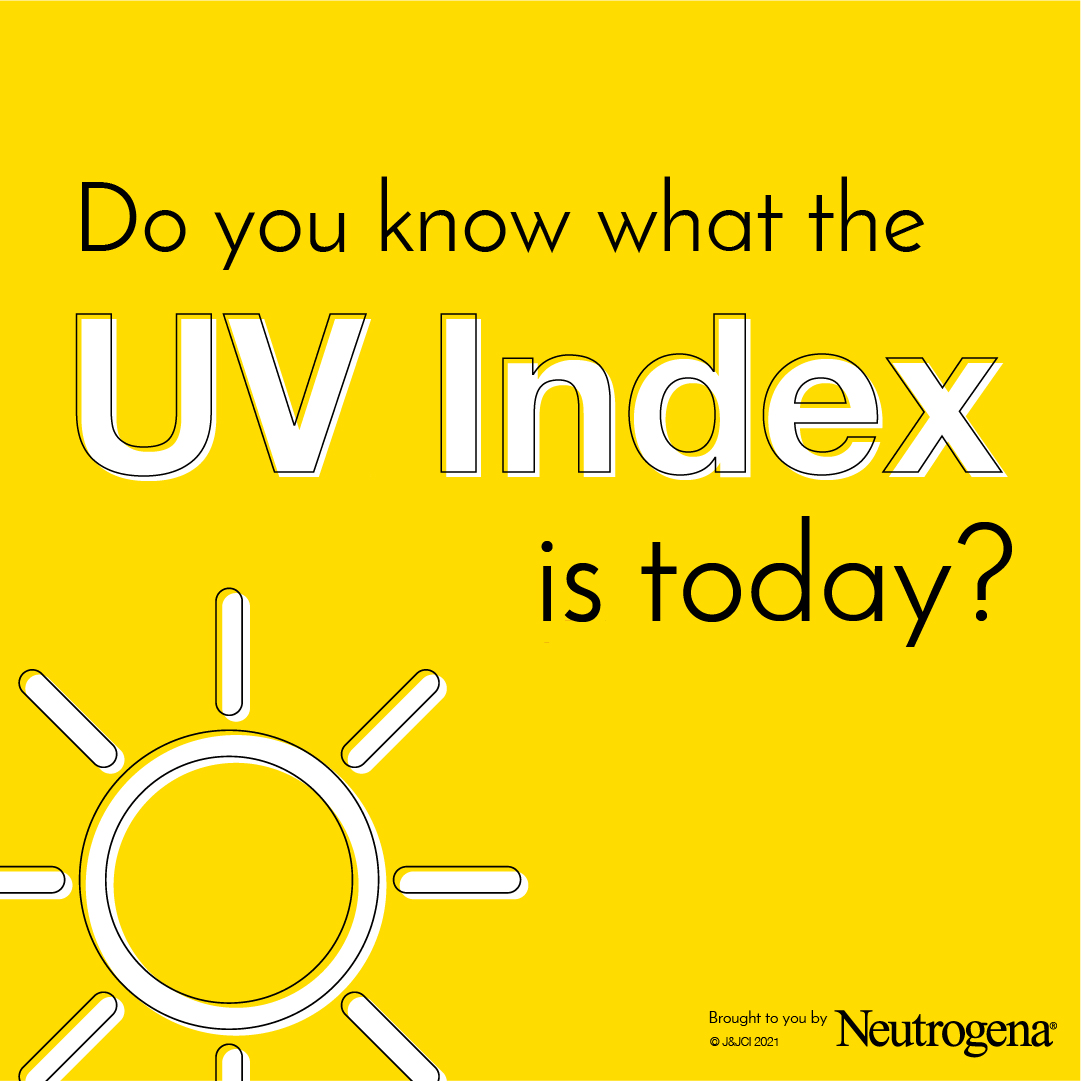The Burden of Long-Standing UV-Radiation Exposure: Treatment Options for AKs and NMSC
147831478314783 The numbers are staggering when it comes to the management of skin cancer in the United States and worldwide. Signs of chronic exposure to ultraviolet (UV) rays from the sun and/or indoor tanning bed use include solar lentigines, hyperpigmentation, wrinkles and pre-cancerous lesions called actinic keratoses. Actinic Keratoses (AKs) best identified as scaly, pink macules and papules, result from lo …
The numbers are staggering when it comes to the management of skin cancer in the United States and worldwide. Signs of chronic exposure to ultraviolet (UV) rays from the sun and/or indoor tanning bed use include solar lentigines, hyperpigmentation, wrinkles and pre-cancerous lesions called actinic keratoses. Actinic Keratoses (AKs) best identified as scaly, pink macules and papules, result from lo …
 The numbers are staggering when it comes to the management of skin cancer in the United States and worldwide. Signs of chronic exposure to ultraviolet (UV) rays from the sun and/or indoor tanning bed use include solar lentigines, hyperpigmentation, wrinkles and pre-cancerous lesions called actinic keratoses. Actinic Keratoses (AKs) best identified as scaly, pink macules and papules, result from lo …
The numbers are staggering when it comes to the management of skin cancer in the United States and worldwide. Signs of chronic exposure to ultraviolet (UV) rays from the sun and/or indoor tanning bed use include solar lentigines, hyperpigmentation, wrinkles and pre-cancerous lesions called actinic keratoses. Actinic Keratoses (AKs) best identified as scaly, pink macules and papules, result from lo … 

 As 2021 draws to a close, the Journal of Drugs in Dermatology ends the year on a high note! Featuring a strong line up of editorials, original articles, and case reports, the December issue of the JDD includes topics ranging from new treatments for hyperpigmentation, tumescent anesthesia, HS, cosmeceuticals, lower extremity reconstruction, laser hair and identity in transgender men, and everyt …
As 2021 draws to a close, the Journal of Drugs in Dermatology ends the year on a high note! Featuring a strong line up of editorials, original articles, and case reports, the December issue of the JDD includes topics ranging from new treatments for hyperpigmentation, tumescent anesthesia, HS, cosmeceuticals, lower extremity reconstruction, laser hair and identity in transgender men, and everyt …  Suncare is important for every skin tone.
The risk of sunburn and skin cancer correlate with skin type – not ethnicity.1
Ethnicity does not confer skin type.
Our population is changing rapidly, and within the next few decades minority populations will become the majority.1,2
African Americans, Asians, Hispanics, Middle Easterners, Asian Pacific Islanders, Native Americans, or individuals …
Suncare is important for every skin tone.
The risk of sunburn and skin cancer correlate with skin type – not ethnicity.1
Ethnicity does not confer skin type.
Our population is changing rapidly, and within the next few decades minority populations will become the majority.1,2
African Americans, Asians, Hispanics, Middle Easterners, Asian Pacific Islanders, Native Americans, or individuals …  Tanning beds are NOT safer than the sun.1
More than 419,000 cases of skin cancer in the U.S. each year are linked to indoor tanning.2
Melanoma is the second most common cancer in females age 15-29.3
Tanning = DNA injury to your skin4
Skin exposed to UV radiation increases production of melanin to protect the skin from further damage. The increased melanin causing the tan color change is a si …
Tanning beds are NOT safer than the sun.1
More than 419,000 cases of skin cancer in the U.S. each year are linked to indoor tanning.2
Melanoma is the second most common cancer in females age 15-29.3
Tanning = DNA injury to your skin4
Skin exposed to UV radiation increases production of melanin to protect the skin from further damage. The increased melanin causing the tan color change is a si …  Do you know what your Ultraviolet Index is today?
Ultraviolet index (UV index) is a measure of the strength of the sun’s harmful rays at a particular place and time. The higher the number, the greater the chance of sun damage.1
UV Index was developed by Canadian scientists in 1992 and standardized by the UN’s World Health Organization and World Meteorological Organization in 1994. U …
Do you know what your Ultraviolet Index is today?
Ultraviolet index (UV index) is a measure of the strength of the sun’s harmful rays at a particular place and time. The higher the number, the greater the chance of sun damage.1
UV Index was developed by Canadian scientists in 1992 and standardized by the UN’s World Health Organization and World Meteorological Organization in 1994. U …